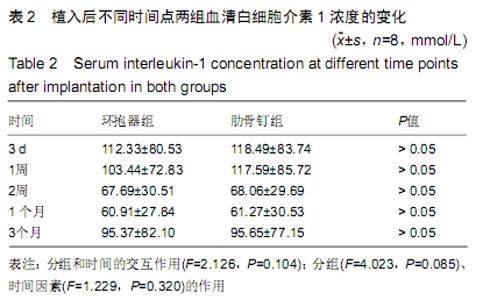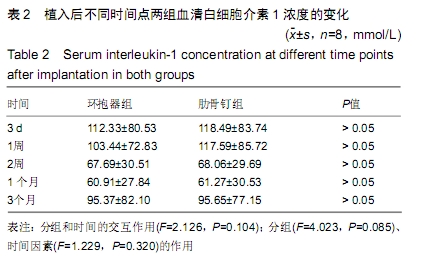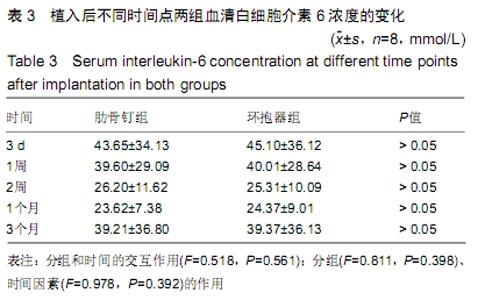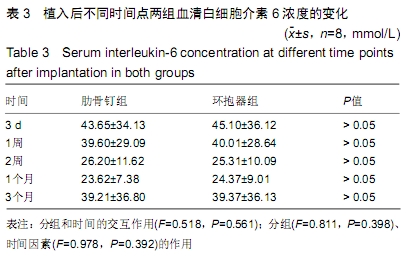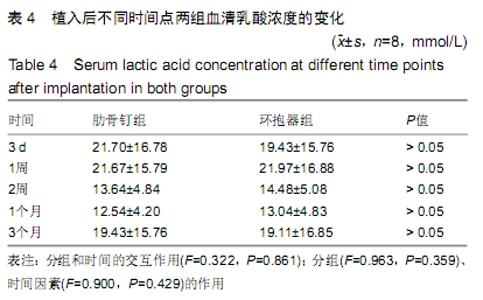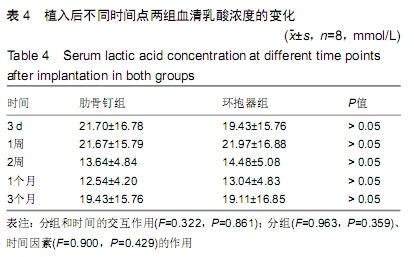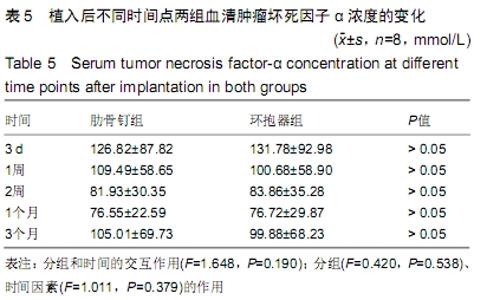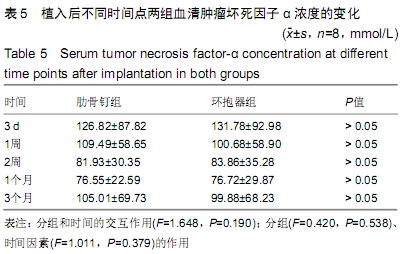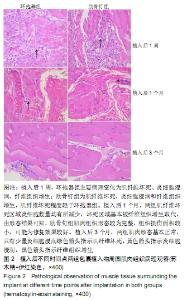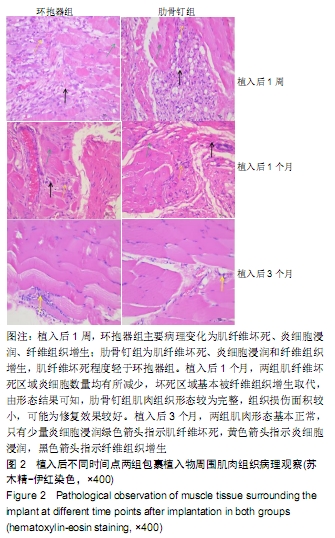[1] LUKINA E, LAKA A, KOLLEROV M, et al.Metal concentrations in the blood and tissues after implantation of titanium growth guidance sliding instrumentation.Spine J.2016;16(3):380-388.
[2] 张晗.新型肋骨板微创内固定治疗对兔连枷胸模型炎症指标及肋骨断端 IGF-I 表达的研究[D].石家庄:河北医科大学,2017.
[3] ONO M, SONOYAMA W, NEMA K, et al.Regeneration of calvarial defects with Escherichia coli-derived rhBMP-2 adsorbed in PLGA membrane.Cells Tissues Organs.2013;198(5):367-376.
[4] DIOMEDE F, GUGLIANDOLO A, SCIONTI D, et al.Biotherapeutic effect of gingival stem cells conditioned medium in bone tissue restoration. Int J Mol Sci.2018;19(2).pii:E329. doi:10.3390/ijms19020329.
[5] WANG X, ZHANG G, QI F, et al.Enhanced bone regeneration using an insulin-loaded nano-hydroxyapatite/collagen/PLGA composite scaffold. Int J Nanomedicine.2018;13:117.
[6] PENG W, ZHENG W, SHI K, et al.An in vivo evaluation of PLLA/PLLA- gHA nano-composite for internal fixation of mandibular bone fractures. Biomed Mater.2015;10:065007.
[7] SVERZUT CE, DE MATOS FP, TRIVELLATO AE, et al. Histologic and Histometric Analysis of Bone Repair at the Site of Mandibular Body Osteotomy and at the Bone-Screw Interface After Using a Biodegradable 2.0-mm Internal Fixation System.J Craniofac Surg. 2015;26:1214-2129.
[8] ZHANG Y, WANG J, WANG J, et al.Preparation of porous PLA/DBM composite biomaterials and experimental research of repair rabbit radius segmental bone defect.Cell Tissue Bank.2015;16:615-622.
[9] ZHANG L, ZHANG L, LAN X, et al.Improvement in angiogenesis and osteogenesis with modified cannulated screws combined with VEGF/PLGA/fibrin glue in femoral neck fractures.J Mater Sci Mater Med.2014;25:1165-11672.
[10] SHIRAKATA Y, NAKAMURA T, SHINOHARA Y, et al.An exploratory study on the efficacy of rat dedifferentiated fat cells (rDFATs) with a poly lactic-co-glycolic acid/hydroxylapatite (PLGA/HA) composite for bone formation in a rat calvarial defect model..J Mater Sci Mater Med. 2014;25:899-908.
[11] FAN Z, CAO Y, ZHANG Z, et al.[Experimental study on application recombinant human bone morphogenetic protein 2(rhBMP-2)/ poly-lactide-co-glycolic acid (PLGA)/fibrin sealant(FS) on repair of rabbit radial bone defect].Sheng Wu Yi Xue Gong Cheng Xue Za Zhi. 2012;29:903-907.
[12] MAKARAWO TP, REYNOLDS RA, CULLEN ML.Polylactide Bioabsorbable Struts for Chest Wall Reconstruction in a Pediatric Patient.Ann Thorac Surg.2015;99:689-691.
[13] RENZ J, REYES C. Repair of a floating sternum with autologous rib grafts and polylactide bioabsorbable struts in an 18-year-old male.J Pediatr Surg.2012;47:e27-30.
[14] LIN J, GERMAN M, WONG B.Use of copolymer polylactic and polyglycolic acid resorbable plates in repair of orbital floor fractures.Facial Plast Surg. 2014;30(5):581-586.
[15] GABALL C, LOVALD S, BAACK B, et al. Minimally invasive bioabsorbable bone plates for rigid internal fixation of mandible fractures.Arch Facial Plast Surg.2011;13:31-35.
[16] LEE HB, OH JS, KIM SG, et al.Comparison of titanium and biodegradable miniplates for fixation of mandibular fractures.J Oral Maxillofac Surg. 2010; 68:2065-2069.
[17] HU YL, YUAN WQ, WANG LF, et al.[A prospective randomized trial of poly-DL-lactic acid absorbable and metallic screws for treatment of syndesmotic disruptions].Nan Fang Yi Ke Da Xue Xue Bao.2010; 30:2360-232.
[18] FU D, XIAO B, YANG S, et al.Open reduction and bioabsorbable pin fixation for late presenting irreducible supracondylar humeral fracture in children.Int Orthop.2011;35:725-30.
[19] SINGH V, KSHIRSAGAR R, HALLI R, et al.Evaluation of bioresorbable plates in condylar fracture fixation: a case series.Int J Oral Maxillofac Surg.2013;42:1503-105.
[20] NIRULA R, DIAZ JJ JR, TRUNKEY DD, et al.Rib fracture repair: indications, technical issues,and future directions.World J Surg. 2009;33(1):14-22.
[21] 艾力•热黑,买买提克里木,居来提•艾尼瓦尔.聚左旋乳酸可吸收肋骨钉治疗重症肋骨骨折疗效观察[J].临床军医杂志,2018,46(9):1077-1078.
[22] 翁贤武,梁诚之,林培锋,等.镍钛合金环抱器与可吸收肋骨钉内固定治疗多发性肋骨骨折的疗效对比[J].浙江创伤外科,2016,21(2):283-285.
[23] 张义栋,杨睿,姜睿.记忆合金肋骨环抱器和可吸收肋骨钉在治疗多发肋骨骨折中的应用研究[J].中国伤残医学,2014,22(10):70-71.
[24] 张栋军.环抱型肋骨钢板和可吸收性肋骨钉治疗肋骨骨折的固定效果比较[J].中国医药科学,2015,5(8):178-180.
[25] 黄圣凯.记忆合金环抱接骨板治疗肋骨骨折分析[J].实用中西医结合临床, 2013,13(9):35-37.
|
